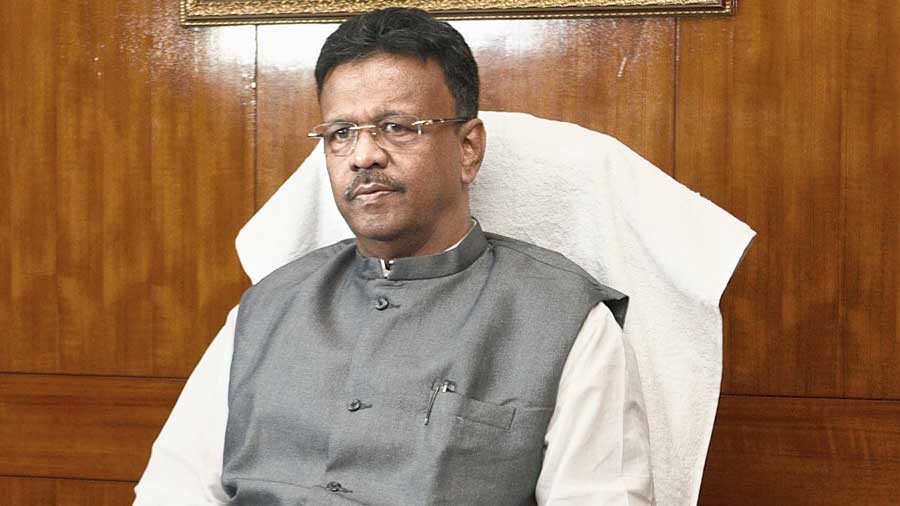The boss of the Calcutta Municipal Corporation has promised to “rectify” public utility buildings and other public spaces that are not friendly towards the physically challenged in terms of facilities.
Firhad Hakim, the chairperson of the CMC’s board of administrators, said on Monday that he would take necessary action so that physically challenged people don’t face problems accessing these places.
“This should be done. We should try and rectify things that come to our notice,” Hakim said when Metro asked him if he would bring in changes to ensure public utility buildings are easily accessible to the physically challenged.
A 33-year-old physically challenged woman had lodged a complaint with the West Bengal Clinical Establishment Regulatory Commission saying she faced problems in accessing toilets and the ultrasonography room of Quadra Medical Services, a diagnostic centre on Hazra Road.
She had said during the hearing on September 10 that the toilets were not equipped for the needs of a physically challenged person.
Problem is not limited to one diagnostic centre. Almost all diagnostic centres and other public utility buildings in Calcutta lack facilities for the physically challenged. A few have toilets equipped with facilities for the physically challenged. “I will try to see that every public utility building has toilets for the physically challenged. Besides, there should be facilities for them in our public spaces,” Hakim said.
Disability rights activist Jeeja Ghosh said there were laws to protect the rights of the disabled. “But they are not implemented. My request to Hakim is to see that the laws are implemented in letter and spirit.”
The CMC’s building rules have a clause saying public utility buildings have to be disabled-friendly.
Builders rarely follow it, according to civic engineers.
Public utility buildings should have larger toilets with wide doors so that wheelchairs can easily turn, architect Abin Chaudhuri said. Walls should have handrails, basins and urinals should be at a lower height, he said.
“The changes should be brought in schools, colleges, restaurants, clinical establishments, theatres and parks and gardens. Even Sulabh complexes are not designed to serve the physically challenged,” Chaudhuri said.
Such a “hostile environment in our public spaces” forces physically challenged people to stay indoors, Kamalika Bose, a conservation architect who works with urban neighbourhoods and communities, said.
“We have fine-tuned our thinking that people with disabilities do not exist. We have ‘invisibilised’ them. We never ever think that a toilet in a public space — something we take for granted — cannot be accessed by a part of our population,” Bose said.
Both Chaudhuri and Bose urged Hakim to see to it that buildings without such facilities were retrofitted to make them disabled-friendly.
Buildings in future will have such facilities because people have become more conscious, Chaudhuri said. “The real difficulty will be to introduce changes in buildings that are visited by a large number of people but don’t have toilets or other facilities for the physically challenged. The civic authorities should force them to bring in changes.”










